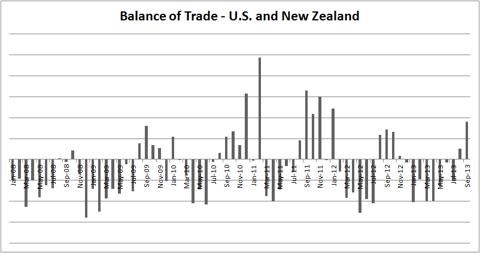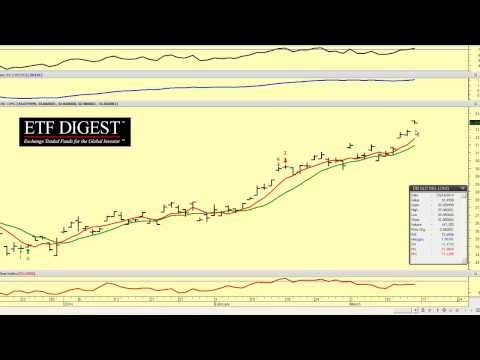An ETF for Dollar Bulls PowerShares UUB
Post on: 9 Апрель, 2015 No Comment

What are Exchange-Traded Funds (ETFs)?
ETFs are one of the fastest growing investment products in the financial industry today. Basically, ETFs are funds listed on a stock exchange and they replicate a particular index. They provide a combination of liquidity and diversification to build a portfolio of shares. Like a typical mutual fund, an ETF can specialise in a particular asset class, region or industry/theme.
ETFs are funds that trade like individual securities on one or more stock exchanges and can be bought and sold during trading hours. Like any stockmarket investment, the value of the investment can rise and fall and the investor may not get back the original amount invested.
What is an Index?
An index is a statistical indicator providing a representation of the value of the securities that constitute it. Indices often serve as barometers for a given market or industry and benchmarks against which financial or economic performance is measured. You cannot invest directly in an index.
How are Invesco PowerShares ETFs different?
Invesco PowerShares offers a suite of ETFs covering Cash, European, Global and US Equities, as well as specific investment themes such as water, agriculture etc. Click here for an overview of Invesco PowerShares ETF range.
Why invest in Invesco PowerShares ETFs?
Structured as a single security and traded on exchange, ETFs provide investors with an efficient means of purchasing all the securities that make up a particular index.
Low ownership cost
Invesco PowerShares ETFs enable investors to minimise trading costs while gaining exposure to all the securities of the relevant index. Total expense ratios are available for all Invesco PowerShares ETFs, therefore making the cost of ownership clear and straightforward for investors. Ordinary brokerage commissions apply.
Replication based ETFs
All Invesco PowerShares ETFs invest directly in the same securities as held in the reference index without using any derivatives, delivering the benefit of transparency. However, please note that the simplified prospectus of some of the PowerShares ETFs allows the investment manager to use financial derivative instruments, like swaps, to provide more flexibility in the future if needed, even if this possibility is not planed to be used by the investment manager in the investment process at the moment. Please see the simplified prospectus for more information.
Flexibility, transparency
Invesco PowerShares ETFs offer flexibility as shares can be bought and sold throughout the day through exchange trading. Fund holdings are disclosed every day.
Near instant liquidity, trades at or close to NAV
Invesco PowerShares ETFs may be bought and sold on the exchange at any time during market hours. Although shares are not individually created or redeemable directly from the ETF itself, Authorised Participants may acquire shares and tender shares for redemption, through creation unit aggregations. ETFs are not closed-end funds and typically trade at or near net asset values.
Risk control and diversification
PowerShares ETFs can offer an excellent way of gaining diversified exposure to a range of asset classes to avoid concentration risk.
What is the minimum purchase for Invesco PowerShares ETFs?
While there is no minimum amount determined by the ETF, each individual brokerage account may have a minimum currency and/or share amount for initial purchases. Investors should contact their brokerage firm for more information.
Can I add to my Invesco PowerShares investment?

Yes, just like with an individual stock, the accumulation of shares is not limited by the security itself. Additional purchases are made in the same manner as initial purchases.
Are there any dividend distributions?
Any dividends available will be paid quarterly. Check the Full or Simplified Prospectus for the relevant ETF for further information.
When was the first ETF introduced to the market?
The American Stock Exchange LLC, through its subsidiary PDR Services LLC and the Standard & Poor’s Depository Receipt (SPDR) Trust petitioned for and received an SEC Order that in 1992 authorised a stand-alone S&P 500 Index-based ETF as a unit investment trust.
How many ETFs are currently available?
As at the end of October 2008, there were 1,502 ETFs with assets of US$ 642.95 billion available, 663 of them in Europe with US$ 125.76 billion. (Source: Barclays Global Investors, ETF Landscape Industry Review, November 2008).
How do I invest in an ETF?
All ETFs can be purchased or redeemed at any time while the exchange is open for trading. There is no limit to the holding period for an ETF.
How do I sell ETFs?
Investors sell ETFs like they would an individual stock, typically through a brokerage account. Investors can also employ traditional stock trading techniques including stop orders, limit orders, margin purchases and short sales.














